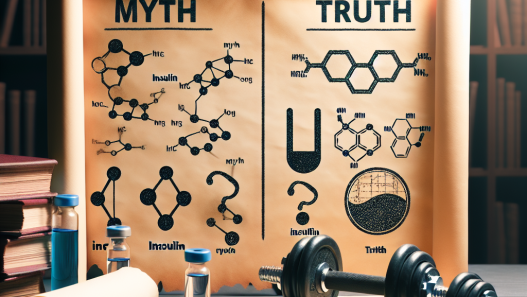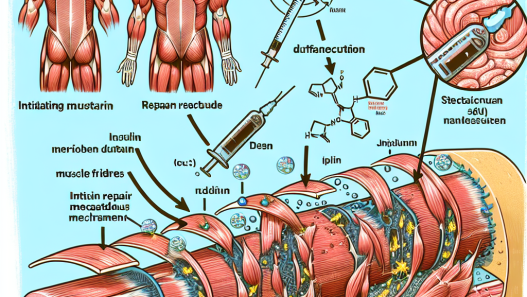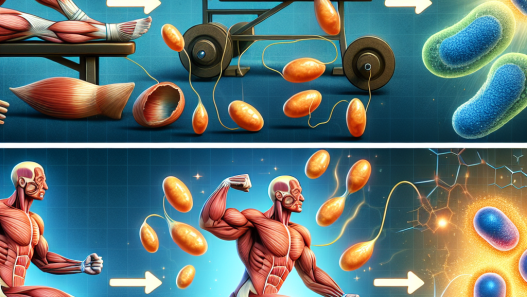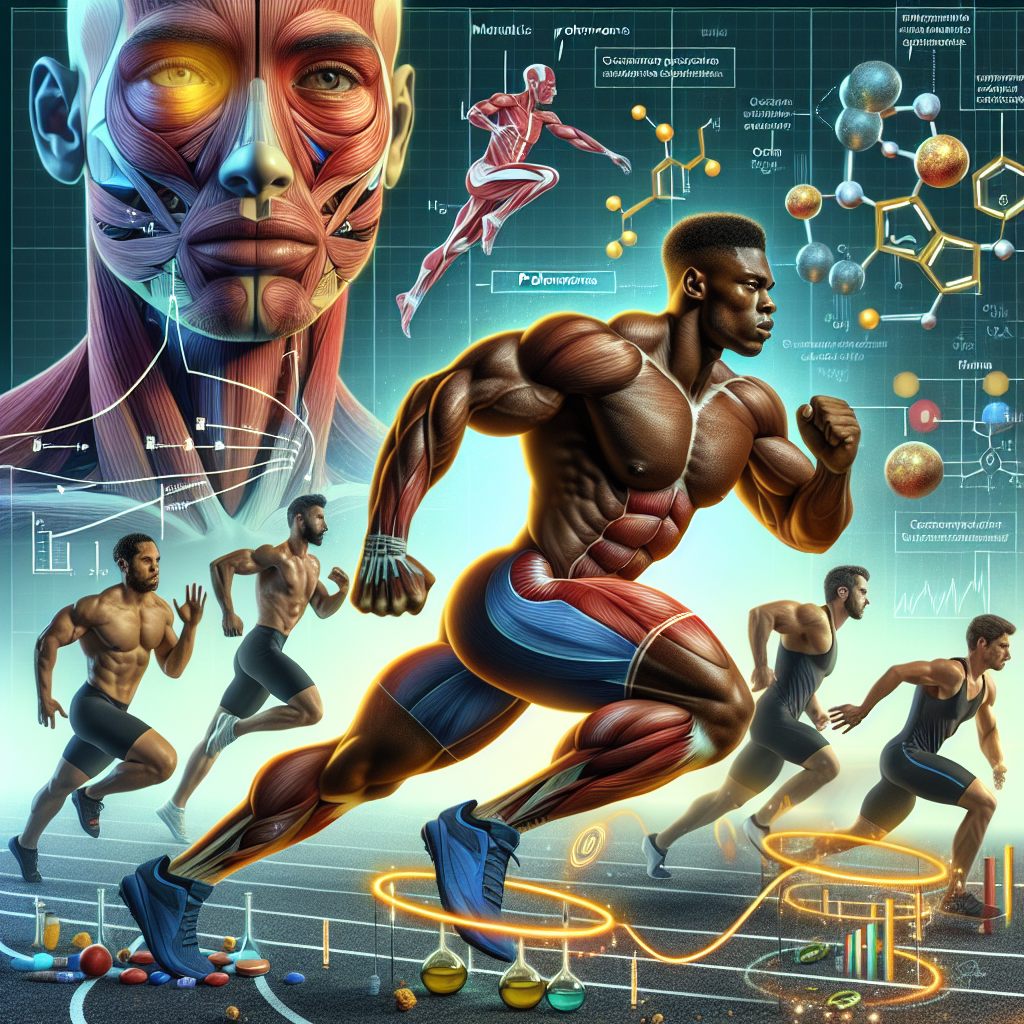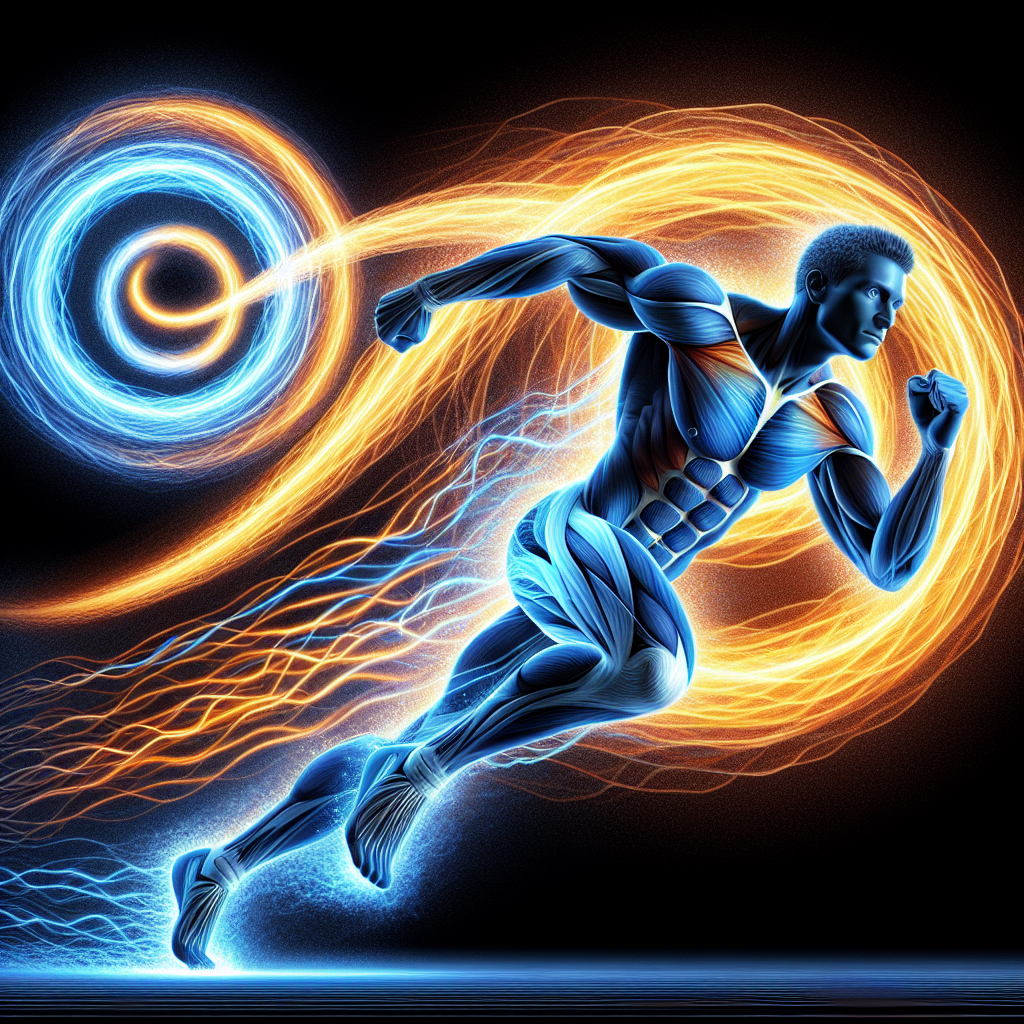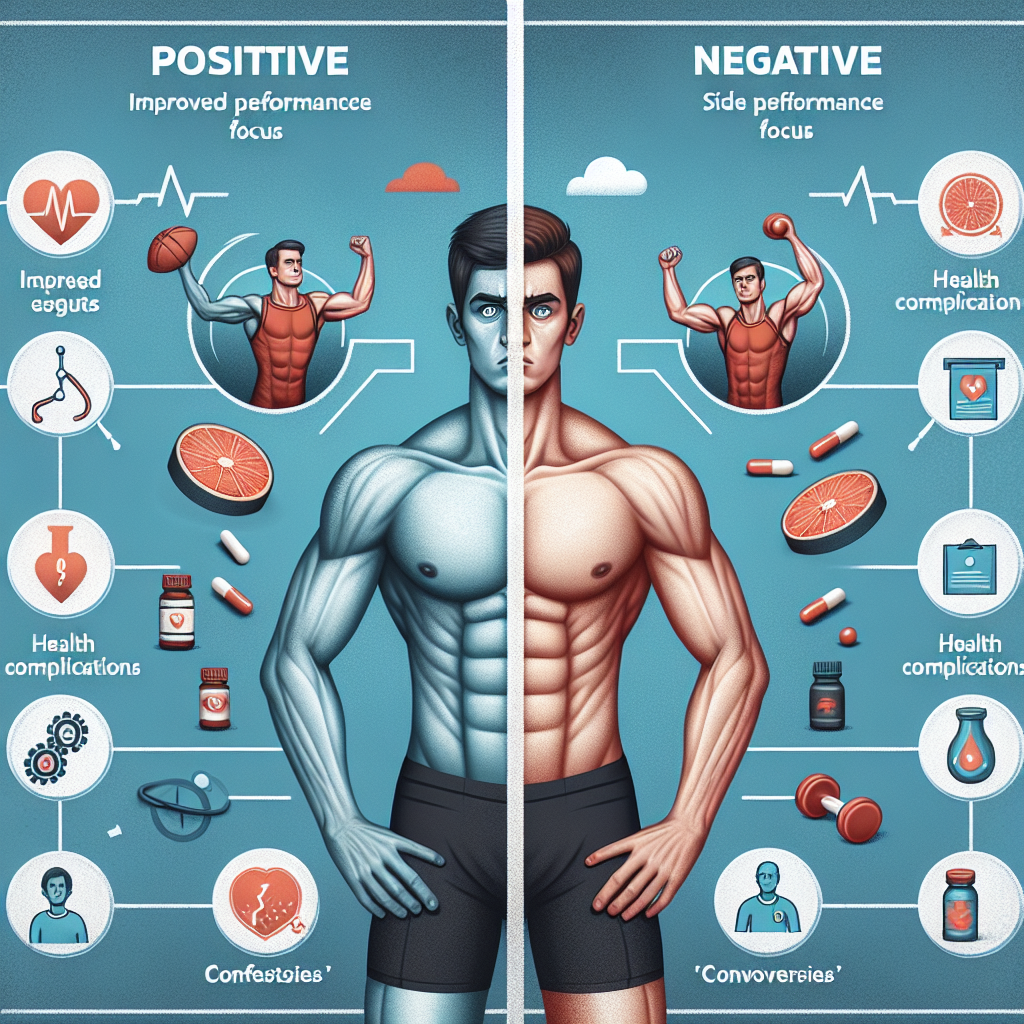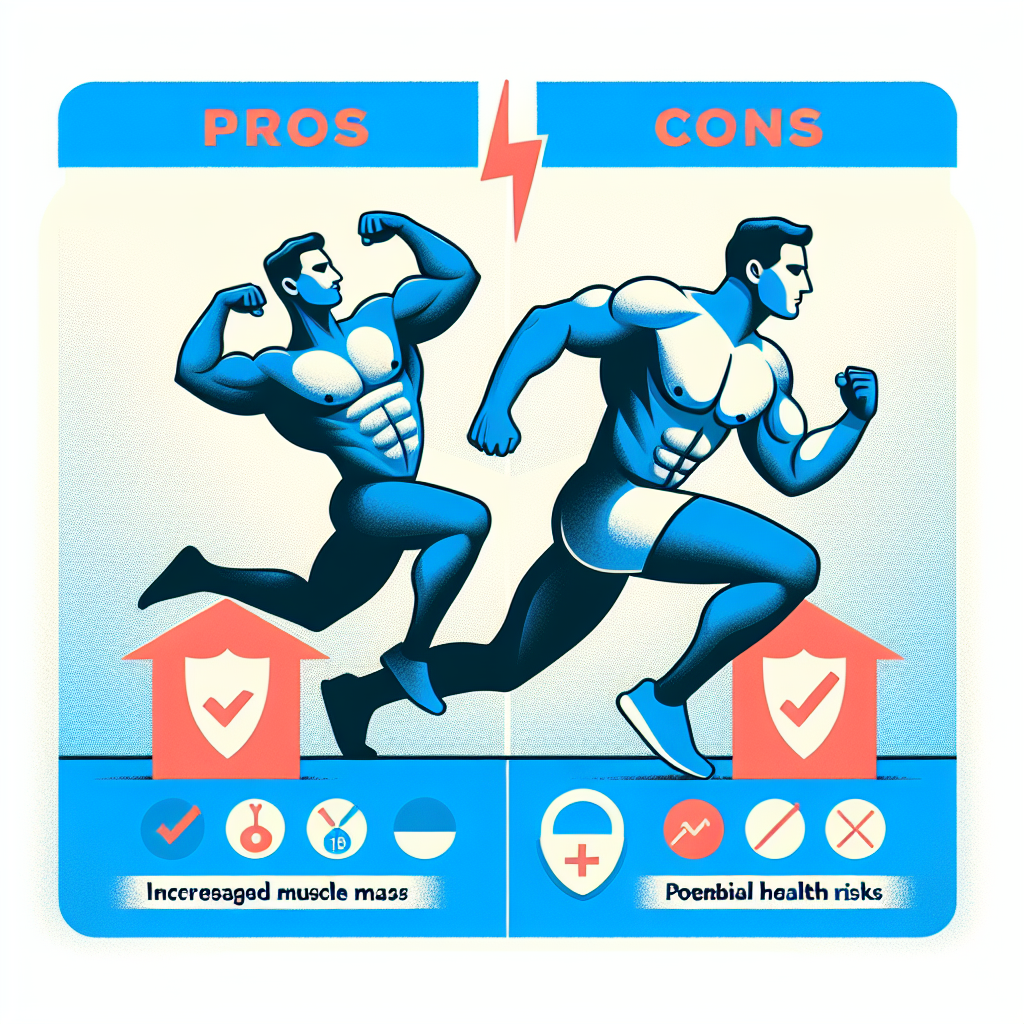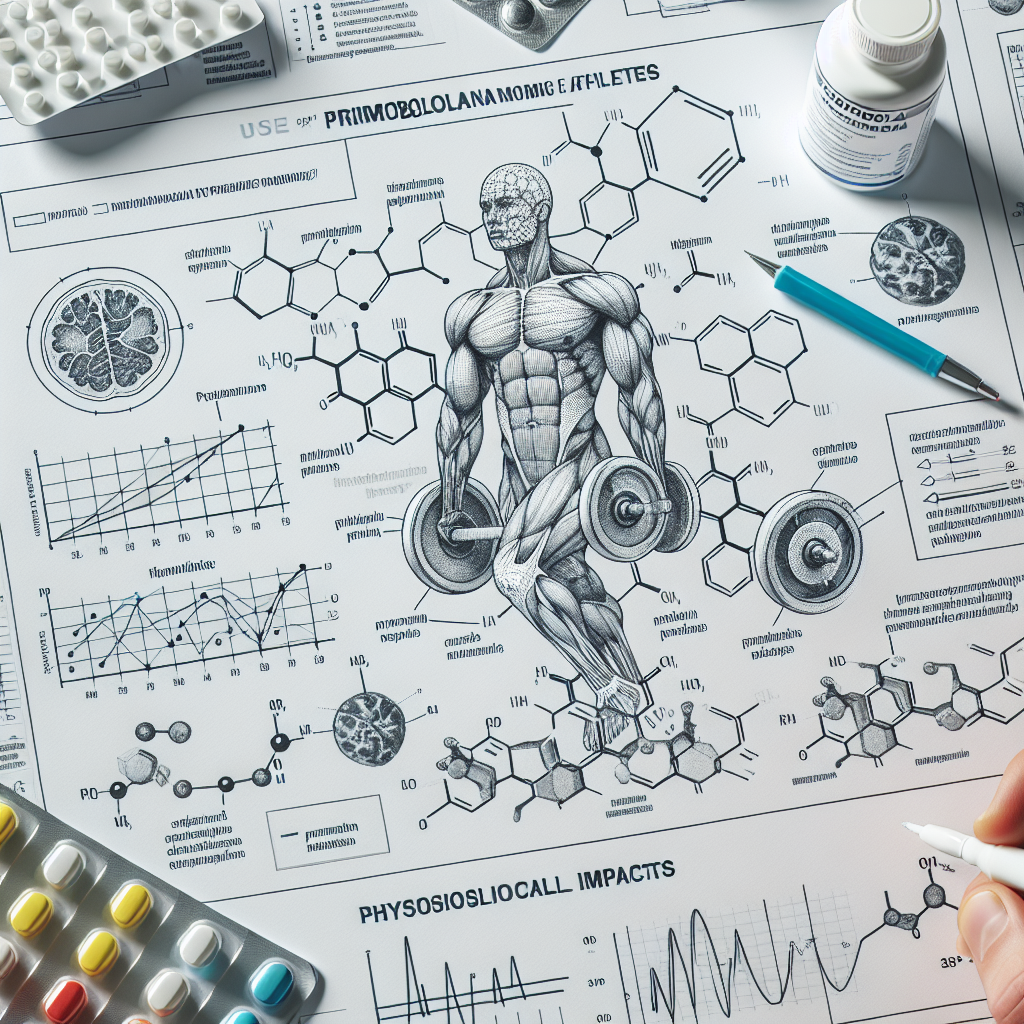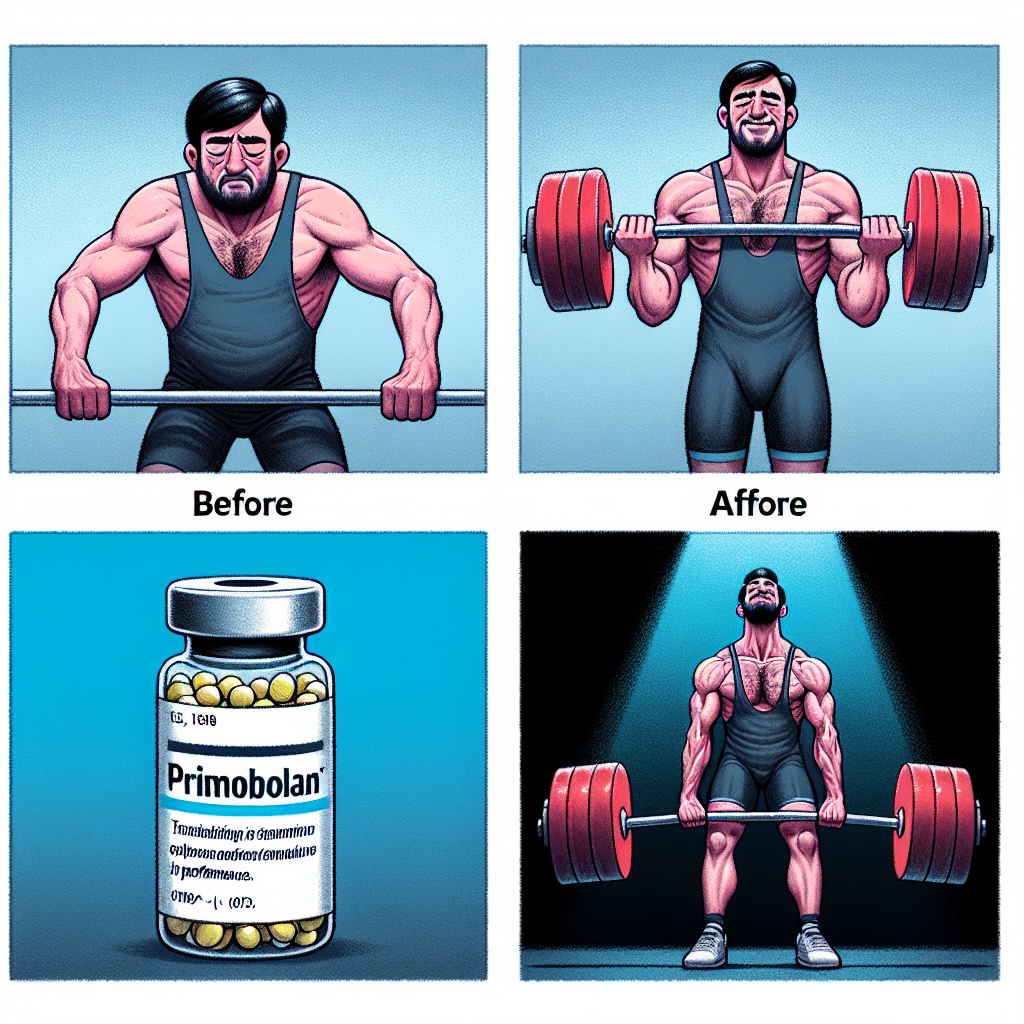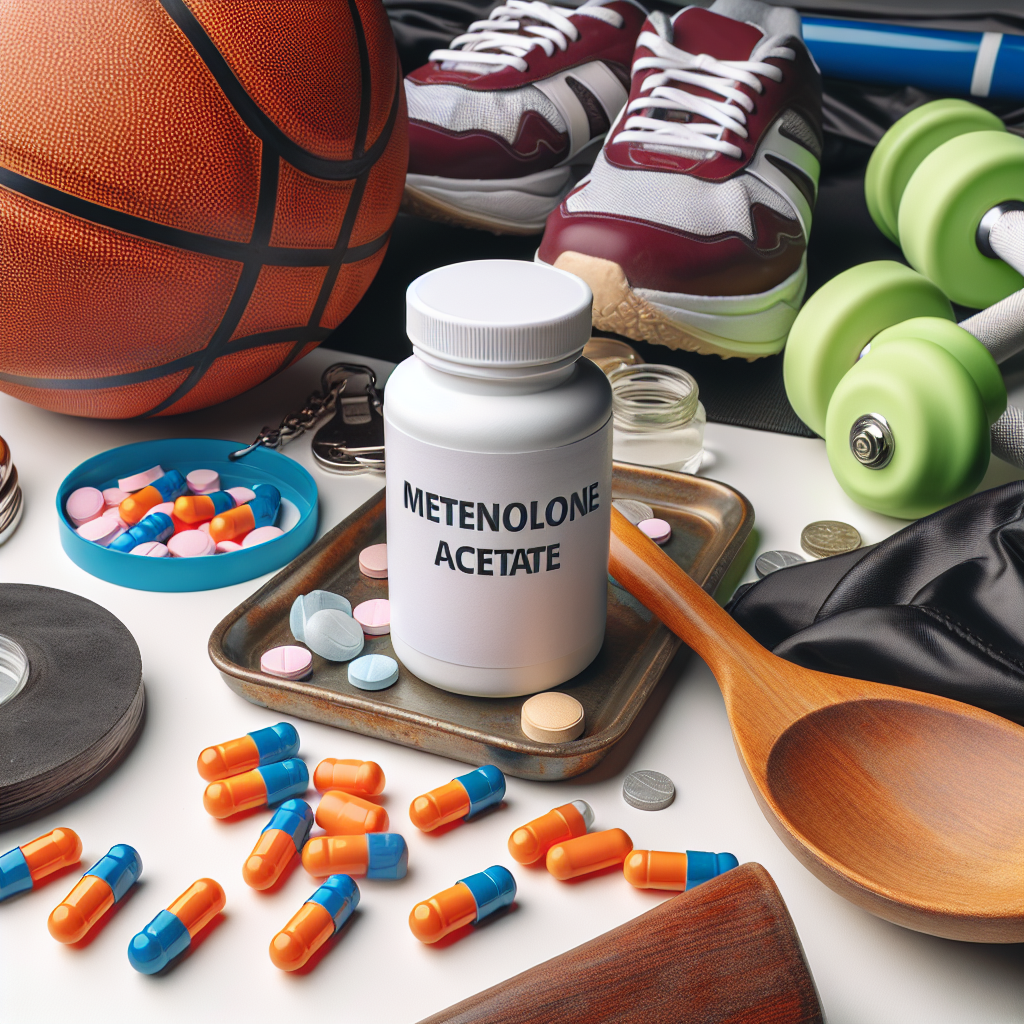-
Table of Contents
The Effects of Prohormones on Sports Performance
Prohormones, also known as precursor hormones, have gained popularity in the world of sports and fitness due to their potential to enhance athletic performance and muscle growth. These compounds are often marketed as a safer alternative to anabolic steroids, but their effects on the body and their legality are still a topic of debate. In this article, we will explore the pharmacology of prohormones and their impact on sports performance.
What are Prohormones?
Prohormones are synthetic compounds that are converted into active hormones in the body. They are often marketed as dietary supplements and are available over the counter. Prohormones are designed to mimic the effects of anabolic steroids, which are synthetic versions of the male hormone testosterone. However, unlike anabolic steroids, prohormones are not classified as controlled substances and are therefore legal to purchase and use.
Prohormones work by increasing the levels of hormones in the body, particularly testosterone. Testosterone is a key hormone in the development of muscle mass and strength, making it a popular choice among athletes and bodybuilders. By increasing testosterone levels, prohormones can potentially enhance athletic performance and aid in muscle growth.
Types of Prohormones
There are several types of prohormones available on the market, each with its own unique effects and benefits. Some of the most commonly used prohormones include:
- Androstenedione: This prohormone is converted into testosterone in the body and is known for its ability to increase muscle mass and strength.
- Dehydroepiandrosterone (DHEA): DHEA is a precursor to testosterone and is often used to improve athletic performance and aid in muscle growth.
- 1-Androsterone: This prohormone is converted into the hormone 1-testosterone, which is known for its anabolic effects on the body.
- 4-Androstenediol: 4-Androstenediol is converted into testosterone and is commonly used to increase muscle mass and strength.
Pharmacokinetics and Pharmacodynamics of Prohormones
The pharmacokinetics of prohormones vary depending on the specific compound. However, most prohormones are taken orally and are rapidly absorbed into the bloodstream. Once in the body, they are converted into active hormones by enzymes in the liver. These hormones then bind to androgen receptors in the body, leading to an increase in testosterone levels.
The pharmacodynamics of prohormones are also dependent on the specific compound. However, the overall effect is an increase in testosterone levels, which can lead to improved athletic performance and muscle growth. Prohormones can also have other effects on the body, such as increasing red blood cell production and improving recovery time.
Effects on Sports Performance
The use of prohormones in sports is controversial, with some athletes claiming that they have experienced significant improvements in their performance while others have reported no noticeable effects. However, there is some evidence to suggest that prohormones can have a positive impact on sports performance.
A study published in the Journal of Strength and Conditioning Research (Kraemer et al. 2006) found that supplementation with androstenedione led to significant increases in muscle strength and power in resistance-trained men. Another study published in the Journal of Applied Physiology (Brown et al. 2000) found that DHEA supplementation improved muscle strength and endurance in older adults.
While these studies show promising results, it is important to note that the effects of prohormones on sports performance may vary from person to person. Additionally, the use of prohormones is banned by most sports organizations, and athletes who test positive for these compounds may face serious consequences.
Side Effects and Risks
Like any other supplement or medication, prohormones come with potential side effects and risks. Some of the most common side effects reported by users include acne, hair loss, and changes in mood and behavior. Prohormones can also have more serious side effects, such as liver damage and an increased risk of heart disease.
Furthermore, the long-term effects of prohormone use are still unknown, as these compounds have not been extensively studied. It is important to note that prohormones are not regulated by the FDA, and the quality and purity of these supplements may vary. Therefore, it is crucial to consult with a healthcare professional before using prohormones and to carefully follow dosage instructions.
Legal Status of Prohormones
The legality of prohormones varies from country to country. In the United States, prohormones are legal to purchase and use, but they are banned by most sports organizations. In Canada, prohormones are classified as controlled substances and are illegal to possess or sell. In the United Kingdom, prohormones are legal to purchase and use, but they are banned by most sports organizations.
Conclusion
Prohormones have gained popularity in the world of sports and fitness due to their potential to enhance athletic performance and muscle growth. However, their use is controversial, and their effects on the body and long-term safety are still not fully understood. It is important for individuals considering the use of prohormones to carefully weigh the potential benefits against the risks and to consult with a healthcare professional before use.
Expert Opinion
As a researcher in the field of sports pharmacology, I have seen the rise in popularity of prohormones and their potential impact on sports performance. While there is some evidence to suggest that these compounds can have positive effects, it is important to consider the potential risks and to use them under the guidance of a healthcare professional. More research is needed to fully understand the effects of prohormones on the body and their long-term safety.
References
Brown, G. A., Vukovich, M. D., Martini, E. R., Kohut, M. L., Franke, W. D., Jackson, D. A., & King, D. S. (2000). Effects of androstenedione-herbal supplementation on serum sex hormone concentrations in 30- to 59-year-old men. International journal of sport nutrition and exercise metabolism, 10(4), 444-451.
Kraemer, W. J., Hatfield, D. L., Volek, J. S., Fragala, M. S., Vingren, J. L., Anderson, J. M., … & Maresh, C. M. (2006). Effects of amino acids supplement



